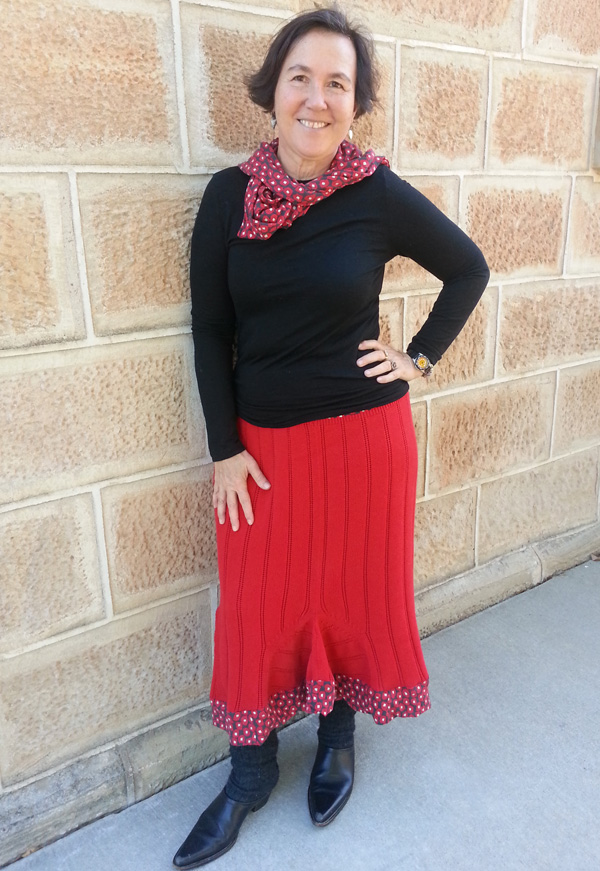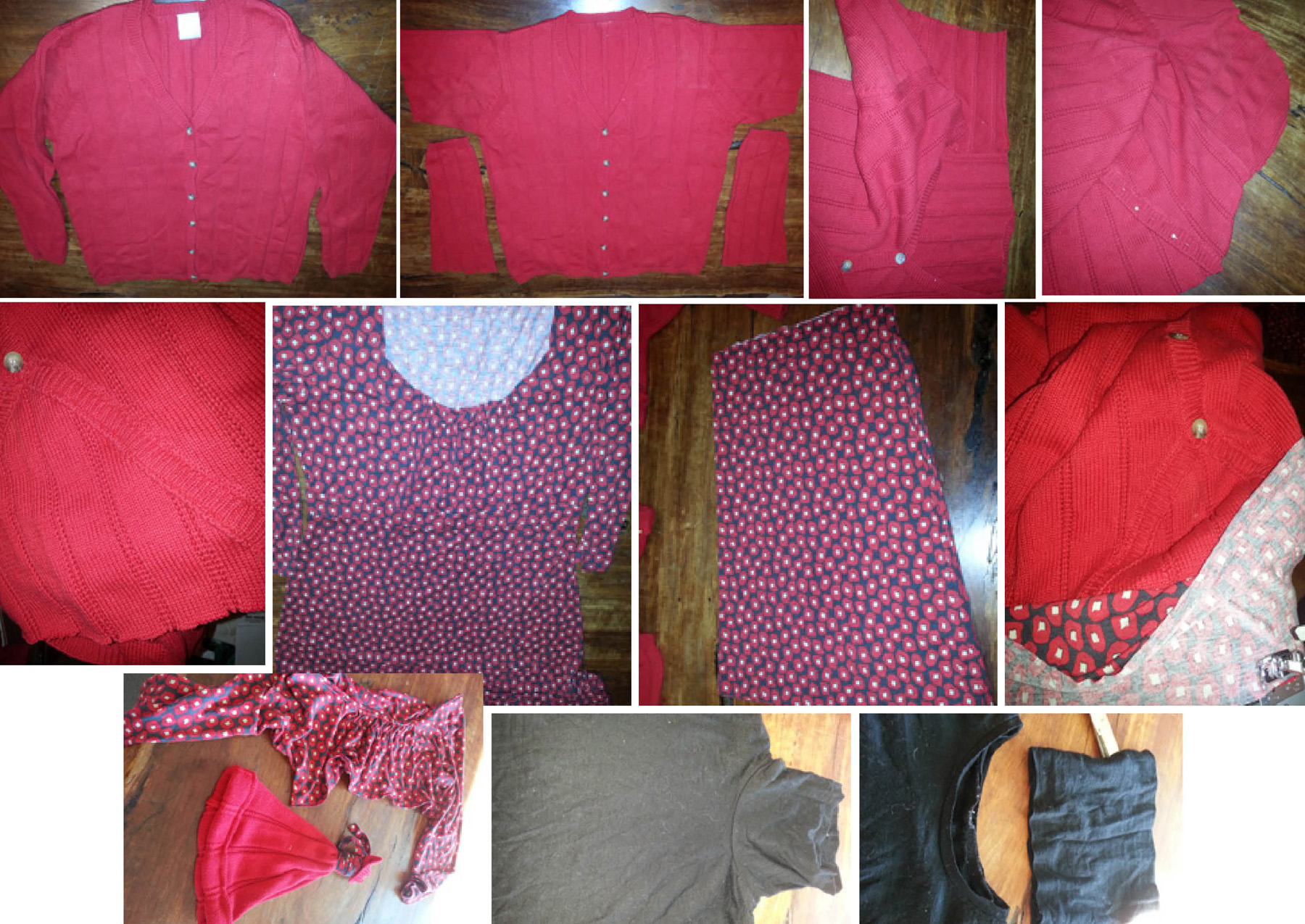 We don’t live in a perfect world, therefore shopping for the perfect outfit can be a difficult process.
We don’t live in a perfect world, therefore shopping for the perfect outfit can be a difficult process.
It was the inability to purchase garments that work with my shape, in fabric and colours I like, that led me to upcycling and resewing existing clothing in quick and easy ways.
Having simple home-sewing skills and a basic sewing machine is empowering because you can take charge of your clothing and textile needs. You are not dependent on others or what happens to be ‘in fashion’ at the time.
In the same way that we are now valuing home-cooking skills and thinking about where our food comes from, we are becoming more mindful about the clothing that covers our living, breathing skin.
According to the 2013 FAO fibre apparel survey two-thirds of clothing in the market is synthetic and one-third is natural fibres – mainly cotton, and a small portion of plant-based fibres, wool and linen. Do you like the idea of wearing petroleum? I do not.
Sew 135 is a red cotton cardigan from the local op shop which turned upside down with a quarter turn and cut off the bottom-half of the sleeves. I used part of one sleeve to fill in the V at the front (which is now the button side), sliced the shoulders and sleeves open to be the base of the skirt. My friend Georgie Somerset had given me a reject red-patterned dress, which I chopped into three pieces – one piece used to make a waistband (sewn to what was previously the bottom of the cardi), another piece used to trim the new bottom of the skirt, and the former bodice sewn together to become a random neck wrap. The black woollen skivvy had a tight polo neck which I cut off to be a round neck and zigzagged to stop it fraying.

Red and black are a striking combination on you, Jane. Keep up the good work of reusing, recycling and refreshing. JoSe